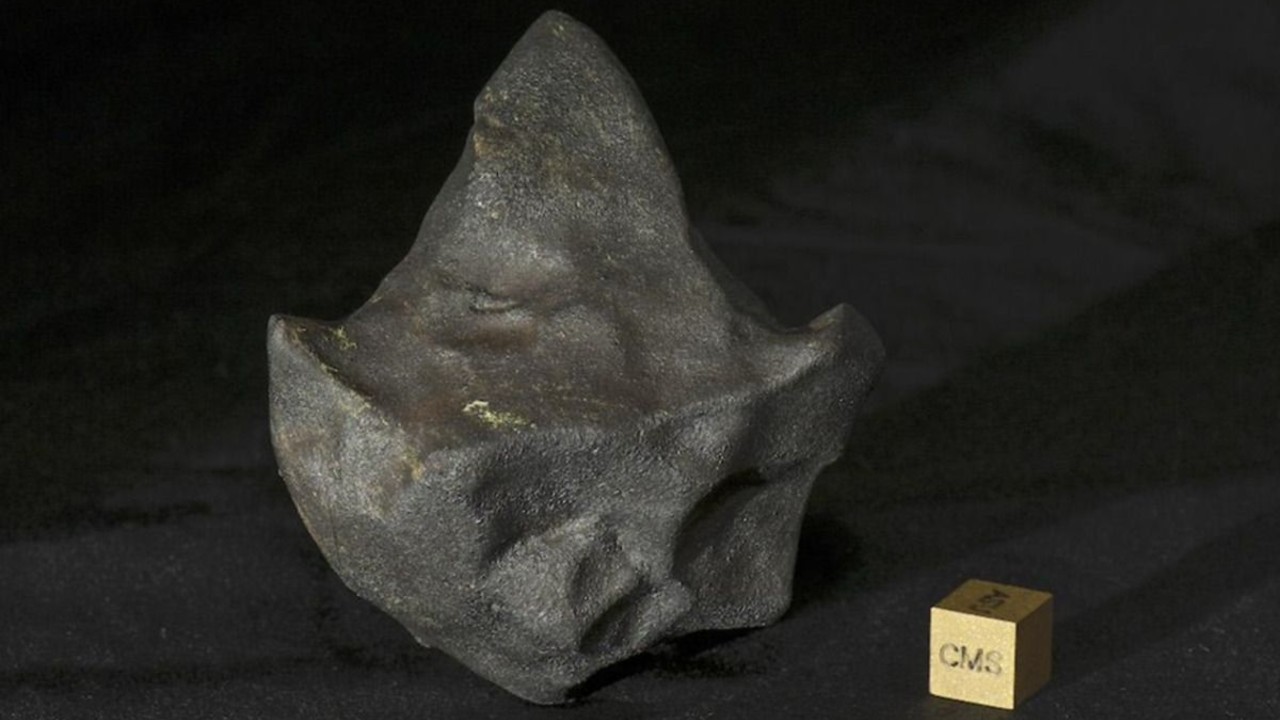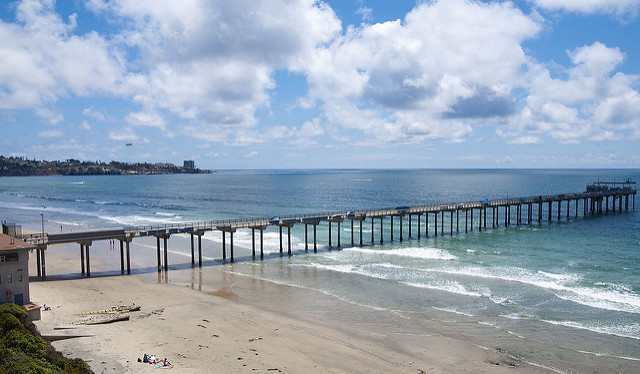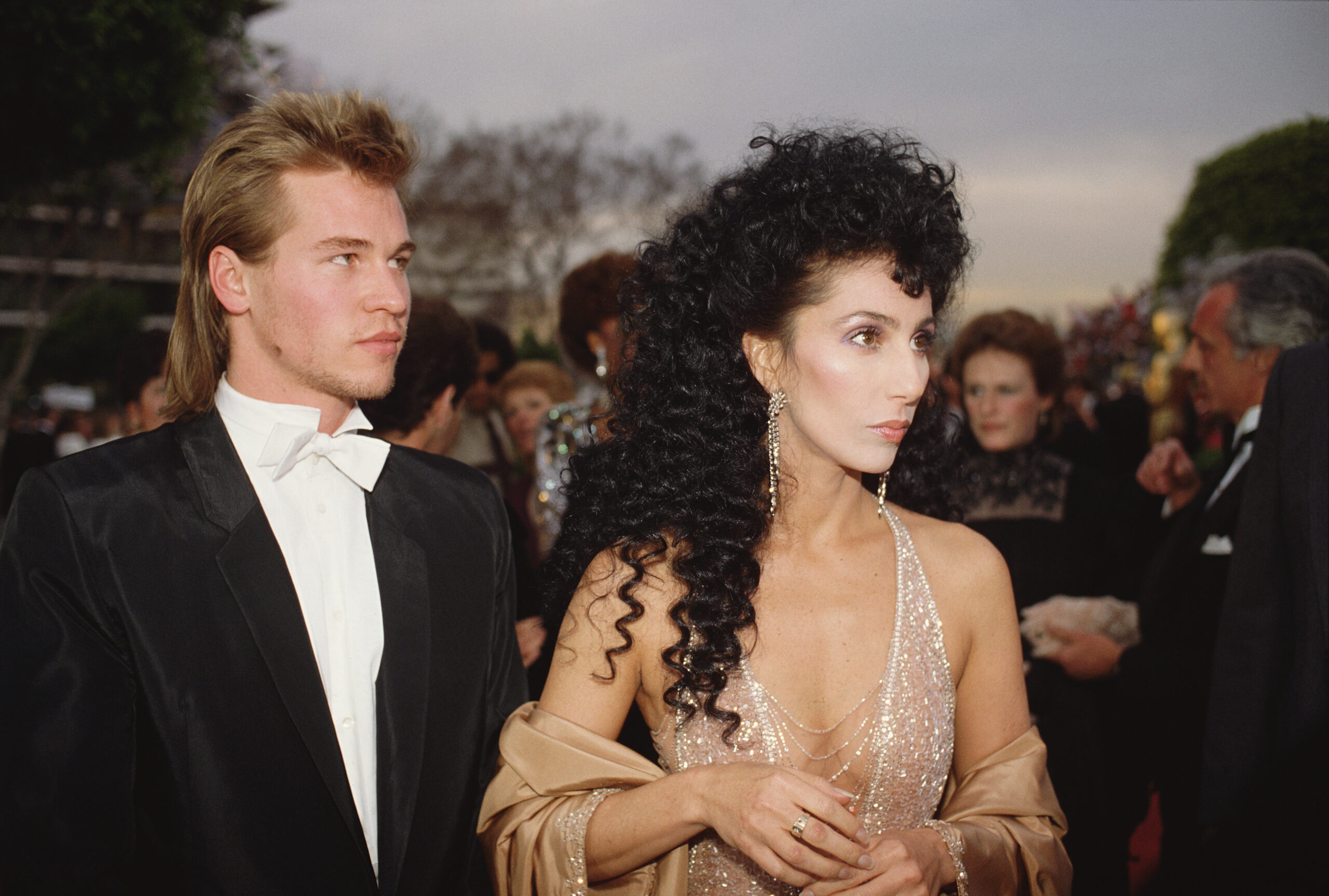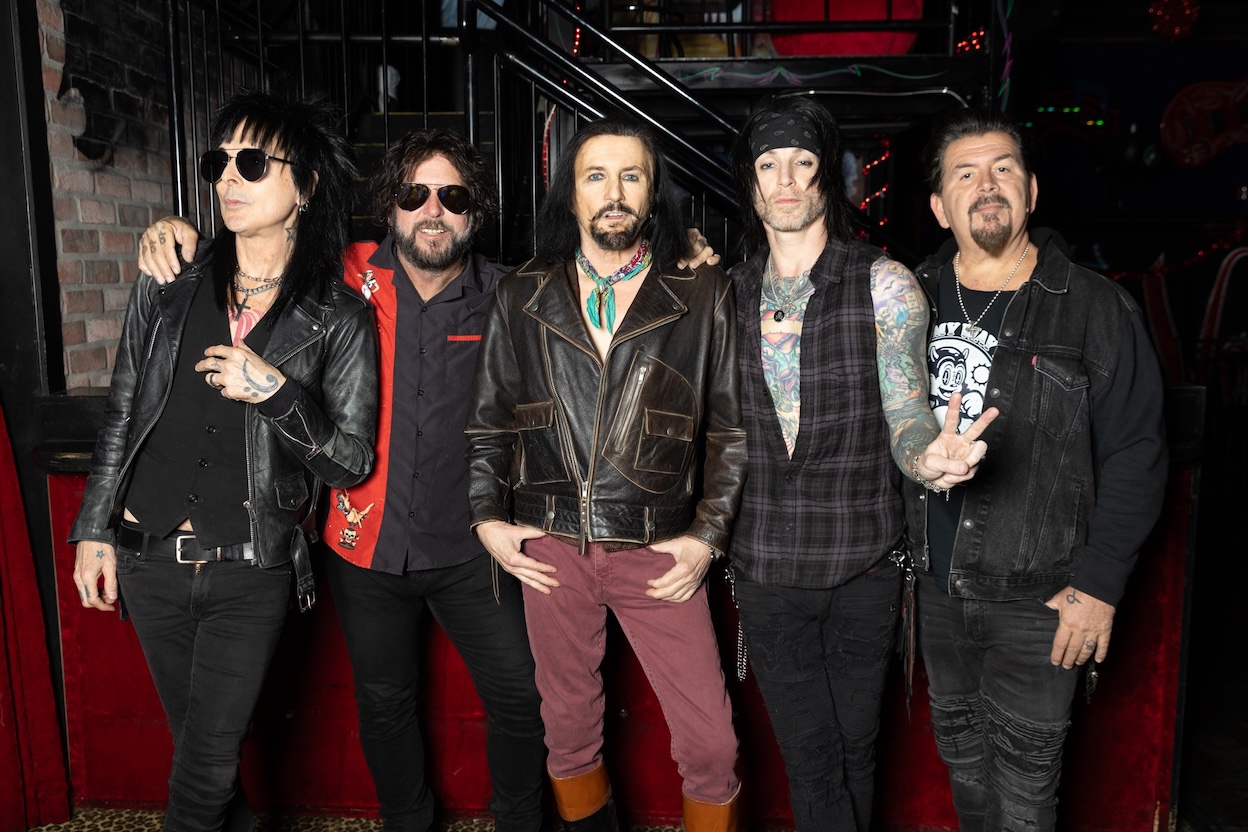Transform Your Upper Body With These Pull Exercises Guaranteed to Build Your Back and Biceps
The trainer approved pull day routine for building size and strength.
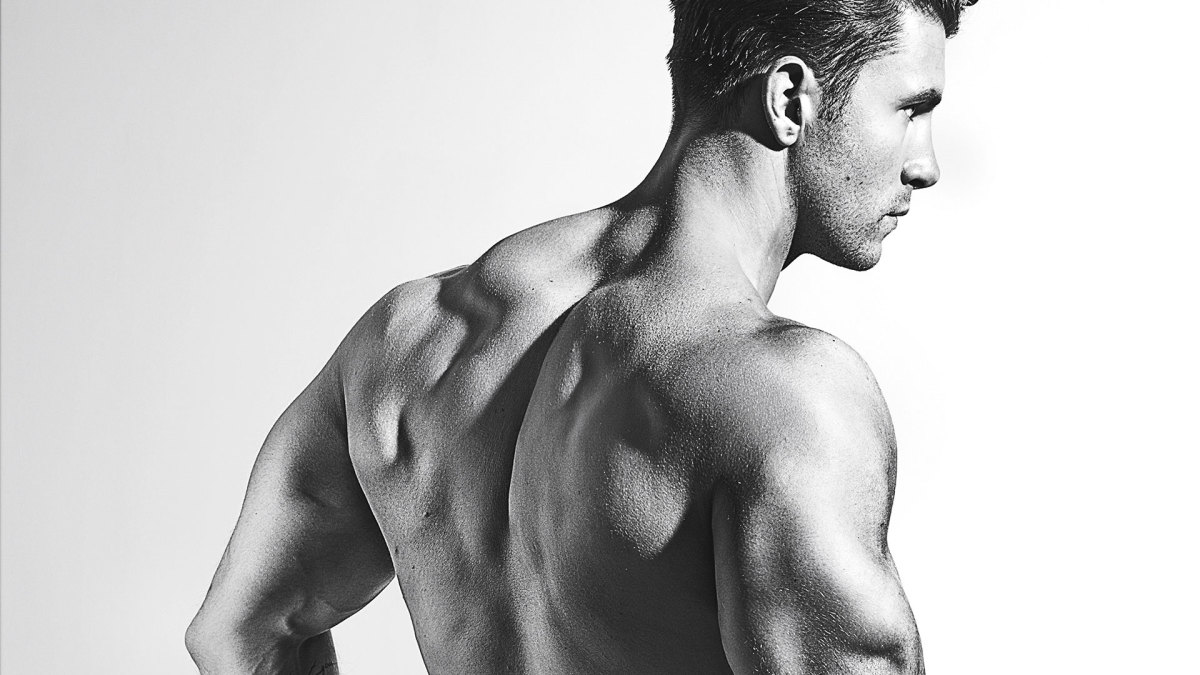
With over 100 muscles in the upper body, building a routine that targets your arms, chest, and back from every angle is challenging. Some lifters stick to simple programs like 5x5 workouts, but if you want to streamline your workouts while packing on size and strength, nothing beats a push-pull-legs split.
The muscles responsible for pull exercises comprise your posterior chain. Although you can’t see these muscles when you look in the mirror, their strength and development are a crucial part of developing an impressive physique, healthy joints, and even stronger performance in other movements that are push-oriented.
"In pull day, workouts are focused on movements that are pulled, usually from the back of the body, but full core strength is required to perform these movements safely," says Marshall Weber, owner of Jack City Fitness. "You would mostly be trying to target the back, biceps, and your delts. There are so many ways you can knock these out, through weights, cable machines, and even some non-conventional methods like sled pulling."
What Are Pull Muscles?
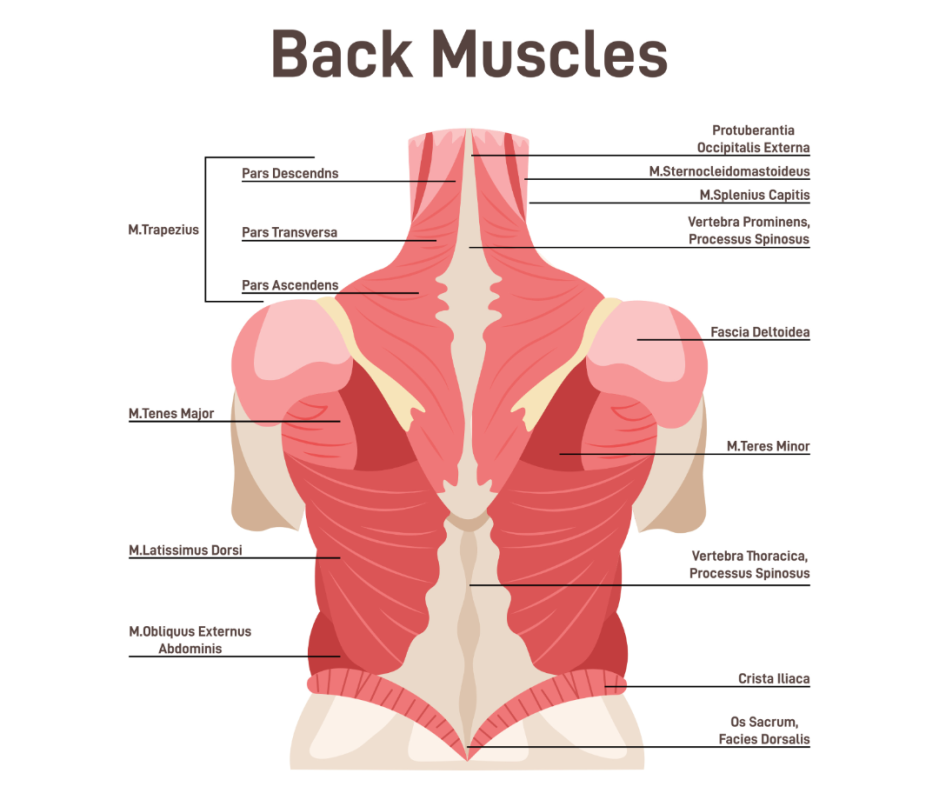
Getty Images/Guzaliia Filimonova
What do we mean by a posterior chain, exactly? Here’s a list of its key muscles:
- Brachialis
- Biceps brachii
- Erector spinae
- Lats
- Rear deltoids
- Rhomboids
- Traps
It’s imperative each of these muscle groups can pull their own weight in order to prevent imbalances and promote overall strength and healthy function. Strong glutes and hams are the cornerstone of athletic power and pain-free hinging. A nice, wide, and thick upper back also presents better when it comes to standing posture, overall width, and imposing size.
Related: The Sneaky Gymnastics Move That Torches Your Deep Core Muscles
What Is a Pull Day Workout?
Many athletes schedule their weekly strength training around a push-pull-legs split. That's three strength sessions, each dedicated to a specific set of muscles, spread over seven days. Breaking training programs into push, pull, and leg days is ideal if you're seeking more muscle mass because it allows you to direct more volume and working sets to fewer groups of muscles that all serve a similar function.
Pull exercises differ from push exercises simply due to the nature of the motion. It's as plain as, if you're moving the weight toward you, it's a pull pattern. If you're moving the weight away from you, it's a push pattern.
"A pull workout focuses on exercises where the load moves closer to the body, engaging key muscle groups," says Mario Kiaunis, a certified personal trainer and founder of MK1 Personal Training. "A well-rounded pull day includes both horizontal and vertical pulls. Horizontal pulls, which move perpendicular to the body, target muscles like the rhomboids and middle trapezius, helping with scapular retraction. Vertical pulls, which move more in line with the body, activate muscles such as the latissimus dorsi and teres major. To finish off, incorporating curl movements effectively engages the biceps, rounding out a comprehensive pull workout."
The Best Pull Day Exercises
What makes this program so damn effective? Put simply, it starts big, so you have the neural drive for the exercises that provide the most bang for your buck. As you get a bit more fatigued (which means it's working), the workout shifts toward isolated movements that require less horsepower but more precision to complete. These lifts focus on the little things to sculpt your posterior chain. It’s the perfect storm. Perform this weekly pull-day workout for six weeks to see gains in size, strength, and power.
1. Barbell Deadlift
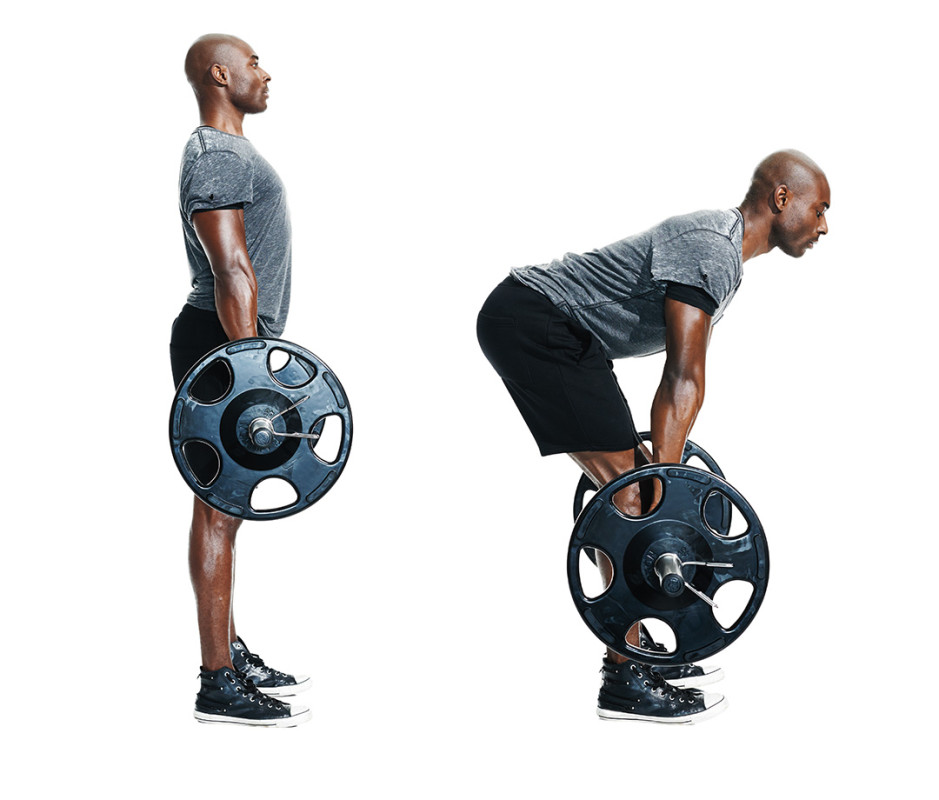
James Michelfelder
How to Do It
- With a barbell in front of you, stand with your feet hip-width apart. Roll the barbell up to your shins, to start.
- Bend down to grasp it outside your knees.
- Keeping your lower back in its natural arch, push through your heels and extend your hips until you’re standing with the bar in front of your thighs.
- Make sure to keep the bar close to your body throughout the movement.
- Perform several warmup sets, increasing the weight gradually until you reach the heaviest load you can handle for 10 reps.
- Perform 3 sets of 6 to 8 reps.
Muscles Worked: Spinal erectors, glutes, hamstrings, quads, core
2. Pullups
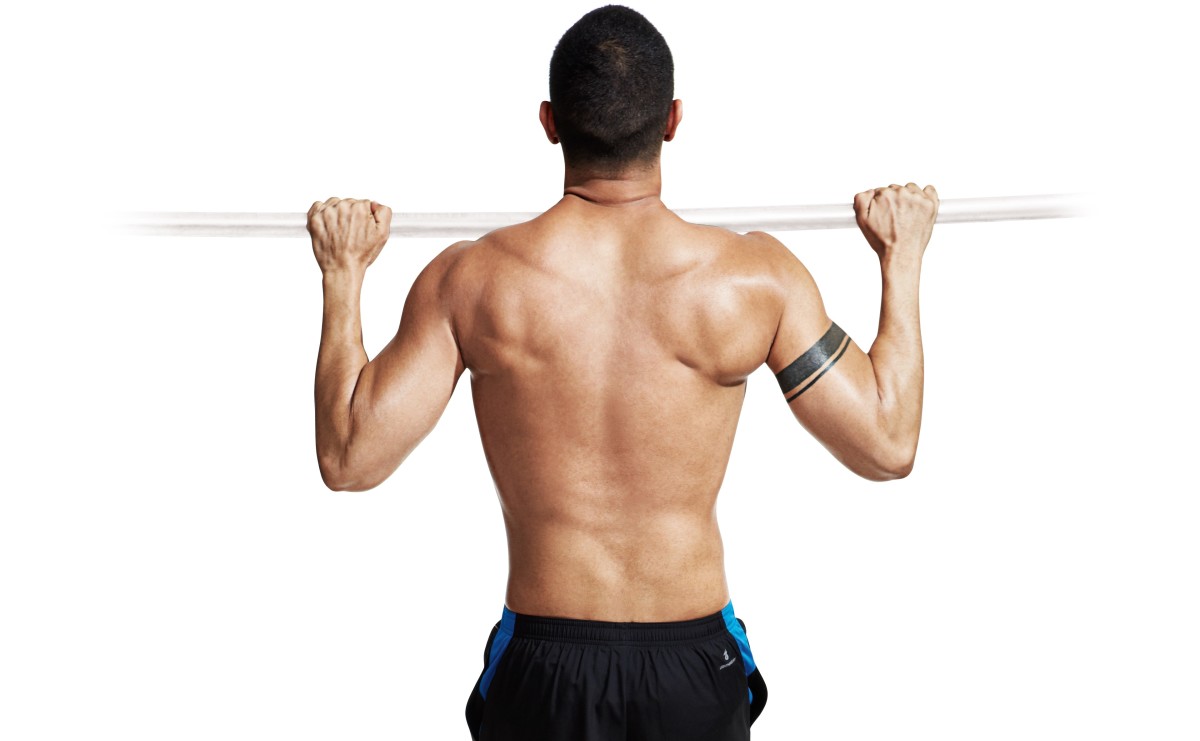
Beth Bischoff
How to Do It
- Using an overhand grip just outside shoulder width, hang from the pullup bar. Keep the thumbs wrapped around the bar; don’t use a false grip with the thumb on the same side as the fingers.
- Keep the body tight and still. Avoid any swinging. The arms should be fully extended. This is your start position.
- Set the shoulders by raising the chest and lengthening the neck first. You should feel your upper back pull your shoulder blades down toward your back pockets when you do this correctly. This is how to initiate each pull and engage your back more than your arms.
- Pull through your elbows until your chin clears the bar. Lower slowly and repeat.
- Perform 4 sets of 8 to 10 reps (or max reps, if fewer).
Muscles Worked: Lats, biceps, infraspinatus
3. Bentover Row
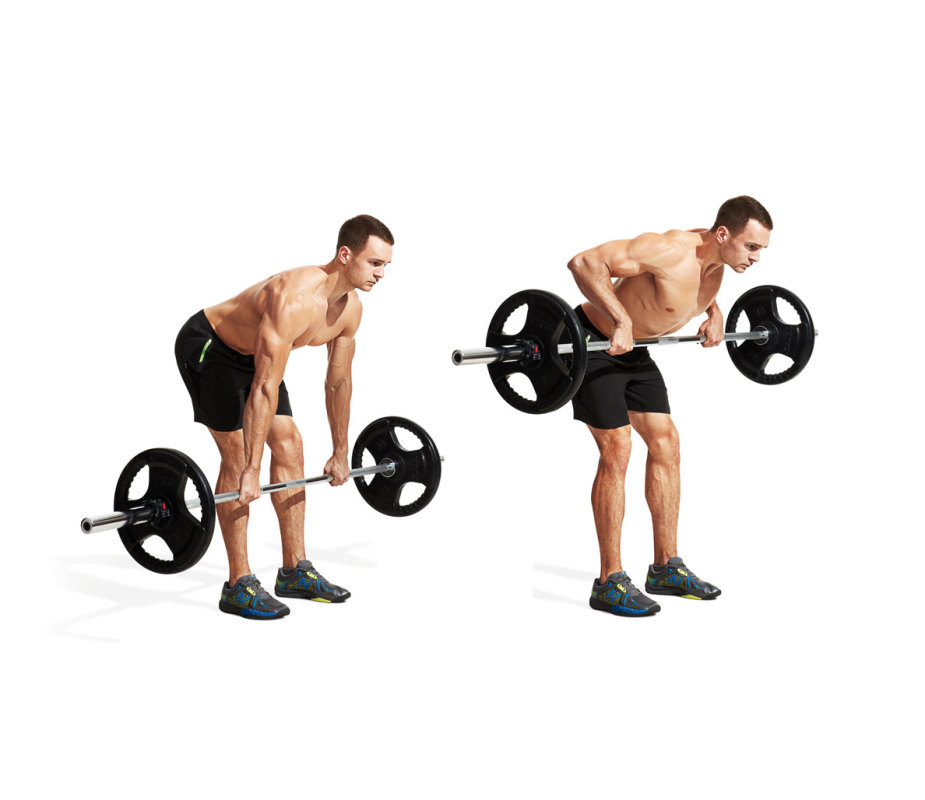
Beth Bischoff
How to Do It
- Stand upright, and hold a barbell with your bench press grip, to start.
- Hinge forward so the weight is hanging at just below knee level. Keep a flat spine.
- Create tension in your upper back by drawing the shoulder blades together, and row the weight up by pulling through the arms. Aim to make the weight contact the ribcage. Keep the elbows wide.
- Perform 3 sets of 10 reps.
Muscles Worked: Lats, rhomboids, spinal erectors, trapezius
4. Cable Reverse Flye
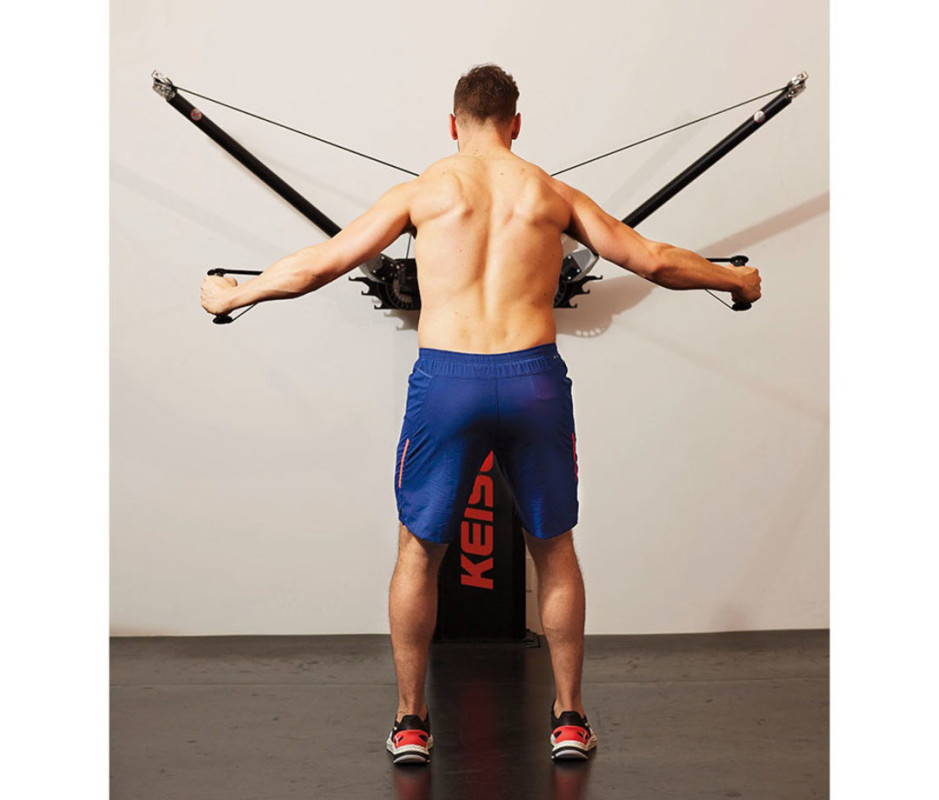
How to Do It
- Set up two cable pulleys at forehead level and stand between them. It’s best if they have no handle attachment. Load them light.
- Stand tall, and hold the left pulley with the right hand, and the right pulley with the left hand. Keep the arms long, and abduct the arms for a flye pattern.
- Squeeze the shoulder blades together on each rep to encourage upper back activity.
- Perform 3 sets of 12 reps.
Muscles Worked: Rear delts, rhomboids, trapezius, lats
5. Lat Pulldown
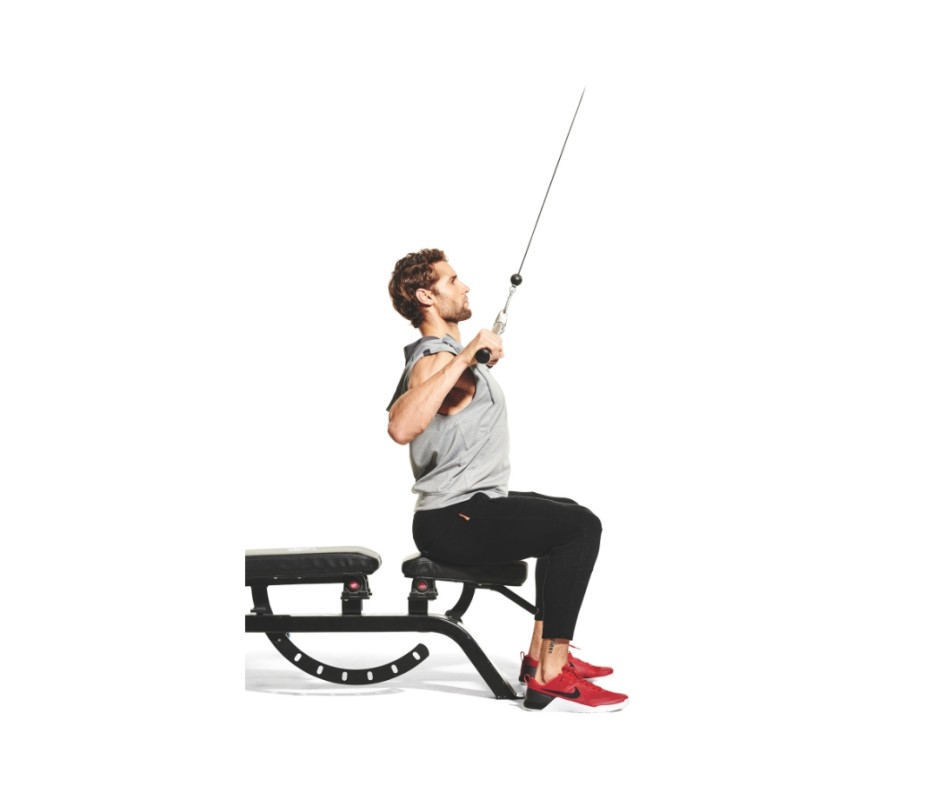
James Michelfelder
- Secure your knees under the pad of a lat pulldown station, to start.
- Reach up, and grasp the handle outside shoulder width.
- Pull the handle down to your collarbone, squeezing your shoulder blades together as you pull.
- Perform 3 sets of 10 reps.
Muscles Worked: Lats, traps, rhomboids, biceps, posterior deltoids
Related: This Simple Warmup Is the Secret to Making Pullups Easier













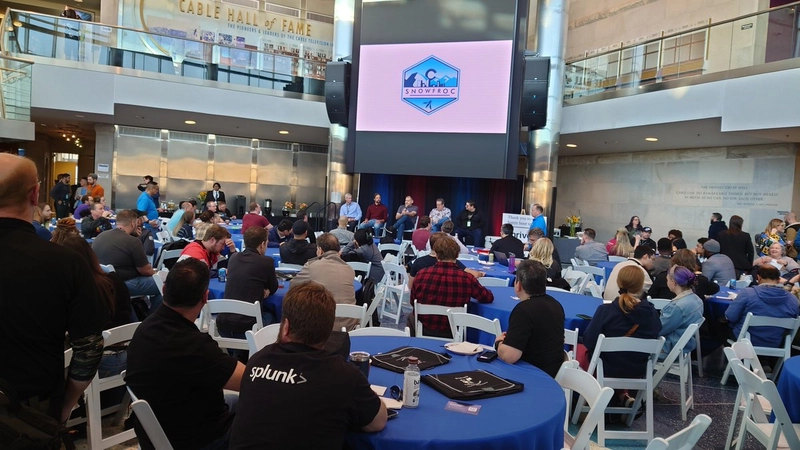







_Hanna_Kuprevich_Alamy.jpg?#)












